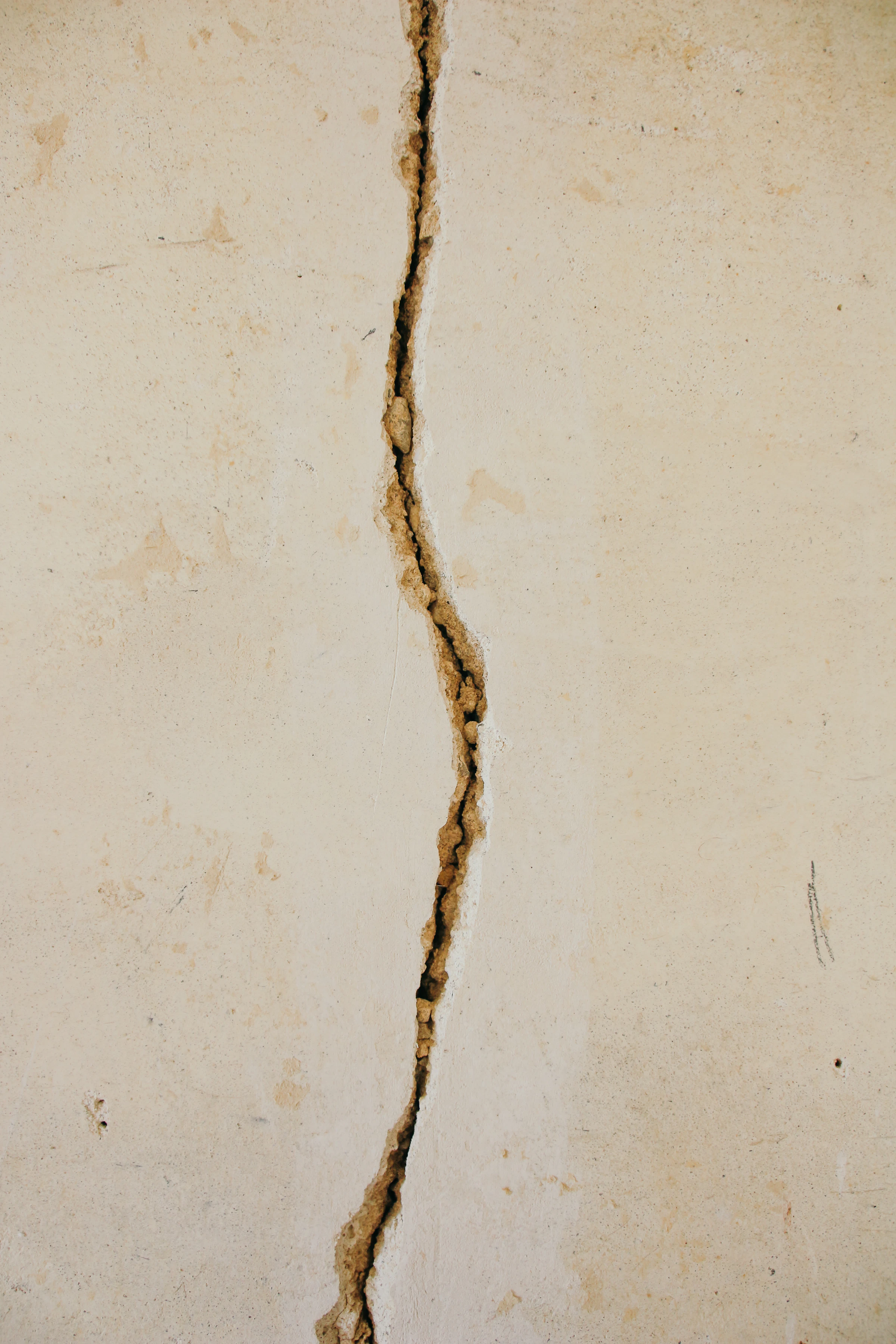What to Do If Your Epoxy Floor Peels or Cracks
13 July 2025
What to Do If Your Epoxy Floor Peels or Cracks
Epoxy flooring is known for its strength, durability, and sleek appearance. Whether installed in a garage, kitchen, commercial space, or residential interior, it’s designed to stand up to wear and tear for years. However, under certain conditions, epoxy floors can peel, crack, or bubble, leaving homeowners frustrated and unsure of what to do next.
If you have noticed peeling, cracking, or other surface issues with your epoxy floor, don’t panic.
In this article, we will share with you why it happens, how to fix it, and how to prevent it from recurring.
1. Common Reasons Why Epoxy Floors Peel or Crack
Before attempting a repair, it’s crucial to understand why the epoxy floor failed in the first place. Identifying the root cause helps prevent repeating the same mistake.
A) Poor Surface Preparation
This is the most common reason epoxy fails. If the underlying concrete wasn’t properly cleaned, etched, or primed, the epoxy won’t bond effectively.
- Dust, oil, or grease left on the concrete
- Moisture trapped beneath the surface
- Smooth, unetched concrete that lacks grip
B) Moisture Vapor Transmission
Moisture from underneath the concrete slab (especially in basements or ground-level garages) can push upwards, causing bubbles, blisters, or peeling in the epoxy layer.
C) Improper Mixing or Application
Epoxy is a two-part chemical system. If not mixed properly or applied in the wrong ratio, it may not cure correctly.
- Inadequate mixing time
- Incorrect resin-to-hardener ratio
- Too much time between coats or over-curing
D) Thermal Expansion and Contraction
In environments with large temperature shifts, the floor expands and contracts. Over time, this can lead to hairline cracks or larger splits if expansion joints weren’t used.
E) Heavy Impact or Wear
Though durable, epoxy can chip or crack under extreme mechanical stress, such as heavy vehicles, falling tools, or dragging sharp objects.
2. How to Assess the Damage
Not all peeling or cracking requires a full redo. The extent of the damage determines the right repair method.
Minor Damage:
- Hairline cracks
- Small chips or surface flakes
- Localized peeling in small areas
These can often be spot-repaired without redoing the entire floor.
Major Damage:
- Widespread peeling or bubbling
- Deep cracks across large sections
- Epoxy delaminating from the substrate
These often require full removal and reapplication.
3. How to Fix a Peeling or Cracked Epoxy Floor
Step 1: Diagnose the Cause
Before jumping into repairs, identify the underlying issue.
Step 2: Gather Tools and Materials
You’ll need:
- Concrete grinder or sander
- Vacuum and cleaning tools
- Epoxy resin and hardener (for recoating)
- Safety gear (mask, gloves, goggles)
- Tools (such as chisel, rollers etc)
Step 3: Remove the Damaged Epoxy
Use a floor grinder or paint scraper to remove any loose or delaminated epoxy. Sand around the damaged area to feather the edges and create a smooth surface for bonding.
Step 4: Clean and Prepare the Surface
Clean the area thoroughly using:
- Degreaser for oil or grease
- Vacuum to remove all dust
Any contaminants left on the surface can affect the new epoxy layer.
Step 5: Patch Cracks or Chips
For cracks or small holes:
- Use an epoxy crack filler or patching compound
- Allow it to cure completely according to the manufacturer's instructions
Step 6: Recoat with Epoxy
Once the surface is patched and prepped:
- Mix a small batch of epoxy correctly (as instructed)
- Apply with a roller or brush
- Blend the edges carefully with the surrounding area
For best results, apply 2 thin coats, allowing proper drying time in between.
4. When You Need to Remove and Replace the Entire Floor
If more than 25–30% of your epoxy floor is peeling, lifting, or cracking, it’s usually more efficient to remove the entire coating and start over.
Full Replacement Process:
- Grind down the old epoxy using a diamond grinder.
- Repair the concrete substrate—fill any cracks, holes, or level inconsistencies.
- Check and address moisture issues with a vapor barrier or moisture-tolerant primer.
- Properly prep the surface through cleaning and levelling.
- Reapply a high-quality epoxy coating, following all product instructions.
Hiring a professional is highly recommended for large-scale removal and reapplication.
5. How to Prevent Peeling or Cracking in the Future
Prevention is better than cure. Whether you're applying epoxy for the first time or redoing it after a failure, follow these tips to ensure long-lasting results:
A) Prep the Concrete Properly
- Remove old coatings, sealers, or paint
- Clean the floor thoroughly
- Mechanically grind or acid-etch for better adhesion
B) Use High-Quality Products
Not all epoxies are created equal. Invest in:
- Industrial-grade epoxy kits
- Proper primers and sealers
- Products with good reviews or backed by warranty
C) Apply Correctly and Timely
- Mix thoroughly for the recommended time
- Stick to pot life and recoat windows
- Don’t apply too thickly—multiple thin coats are better
6. Should You Call a Professional?
DIY epoxy kits are widely available, but repairing a failed epoxy floor is more complex than it looks.
Consider hiring a professional if:
- The floor covers a large area
- You don’t have the right tools
- There are moisture or structural concerns
- You are aiming for a high-end finish (e.g., metallic or decorative)
Conclusion
Epoxy floors are a long-lasting, attractive flooring solution—but like all materials, they require proper care, installation, and sometimes repair. If your epoxy floor is peeling, cracking, or lifting, it’s important to act quickly to prevent further damage.
Whether you're planning a DIY spot repair or hiring a professional for a full redo, the keys to success are proper surface preparation, proper installation skills and high-quality products. With the right approach, you can restore your epoxy floor to like-new condition—and keep it that way for years to come.
At Alpine Flooring Solutions, we specialize in professional epoxy floor installations that are tailored to your specific needs and preferences. Contact us today to schedule your consultation and learn more about how epoxy flooring can enhance your space! We offer complimentary on-site consultations, where our experts assess your flooring needs and provide samples, suggestions, and a no-obligation quote.
Alpine Flooring Solutions
Whatsapp or Call: +65 80684605
Instagram/Tiktok: @alpineflooring.sg

